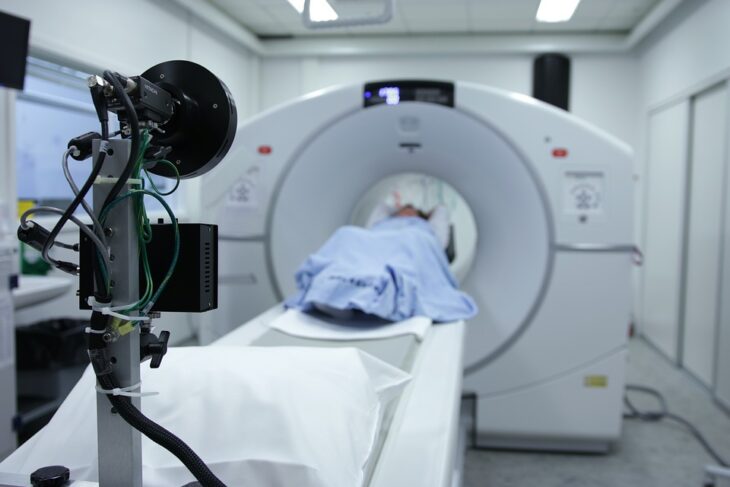Invisalign is an increasingly popular choice for people looking to straighten their teeth without the hassle of traditional metal braces. If you’re considering Invisalign, you may wonder if it’s the right option. Read on to learn more about the advantages and disadvantages of Invisalign, the types of cases it can be used for, and how to determine if Invisalign is the right choice for you.
How to Determine if Invisalign is Right for You
The best way to determine if Invisalign is right for you is to visit an orthodontist for an Invisalign consultation. During the consultation, your orthodontist will take a series of X-rays and impressions of your teeth to help determine if Invisalign is the right treatment.
If it is, your orthodontist will create a plan for your treatment and discuss the expected timeline and cost. After determining if Invisalign is good for you, you might want to search the web for “Invisalign near me” to find a local provider.
Advantages & Disadvantages of Invisalign
Advantages of Invisalign
The biggest advantage of Invisalign is that it’s almost invisible. Instead of traditional metal braces that can be seen from a distance, Invisalign uses a series of clear, plastic aligners that fit snugly over your teeth. This makes it much less noticeable when you smile. Additionally, the aligners can be removed for eating, brushing, and flossing, so you don’t have to worry about food getting stuck in the brackets or wires of traditional braces.
Another advantage of Invisalign is that it’s more comfortable than traditional braces. The aligners are made from a flexible plastic material that won’t irritate your gums or cheeks like metal braces. In addition, Invisalign is more hygienic than traditional braces since you can remove the aligners for brushing and flossing.
Also Read: wellhealthorganic.com:diet-for-excellent-skin-care-oil-is-an-essential-ingredient
Disadvantages of Invisalign
Cost
Invisalign is more expensive than traditional braces, as the cost of treatment depends on the severity of the alignment issues being addressed and the length of treatment.
Time
Invisalign treatment can take up to 18 months or longer to complete, significantly longer than traditional braces.
Comfort
Invisalign aligners can cause discomfort, especially when first placed in the mouth.
Compliance
The success of Invisalign depends on the patient’s compliance with wearing the aligners for the prescribed amount of time each day. The treatment will be less effective if they are not worn as instructed.
Limited Effectiveness
Invisalign is not as effective at treating severe alignment issues as traditional braces, so it may not be suitable for all cases.
Common Question for Invisalign
Types of Cases Invisalign can be Used For
Invisalign can treat many orthodontic issues, including overcrowding, gaps, overbite, underbite crossbite, and open bite. However, Invisalign is not recommended for severe cases of misalignment, such as a severe overbite or underbite. In these cases, traditional metal braces are usually the best option.
How Effective Is Invisalign for Crowded Teeth?
Crowding is only one of the many orthodontic issues that Invisalign can address. Invisalign can be a helpful treatment choice if you have moderate to severe crowding.
However, if your crowding is severe, your orthodontist could advise conventional braces as the best course.
With Invisalign, can you eat?
You can consume any meals you desire for the length of your therapy. However, it would help if you refrained from eating when using Invisalign. Take them off before eating, then snap them back on afterward!
Are Traditional Braces Faster Than Invisalign?
Traditional braces are typically faster than Invisalign for straightening teeth. Traditional braces require frequent adjustments to ensure the teeth move into the proper position, while Invisalign requires less frequent adjustments.
Traditional braces can also tackle more complex cases of misalignment, while Invisalign may require additional time to achieve optimal results.
Additionally, traditional braces apply constant pressure, which helps ensure that the teeth move into the desired positions quickly. Invisalign, on the other hand, uses a series of aligners that gradually move the teeth into the desired position over time. While Invisalign may be more comfortable and less noticeable than traditional braces, it may take longer to achieve the desired results.
Conclusion
Invisalign can be a great option for people looking to straighten their teeth without the hassle of traditional metal braces. It is almost invisible, more comfortable, and more hygienic than traditional braces. However, it is not recommended for severe cases of misalignment. The best way to determine if Invisalign is right for you is to visit an orthodontist for an Invisalign consultation.















